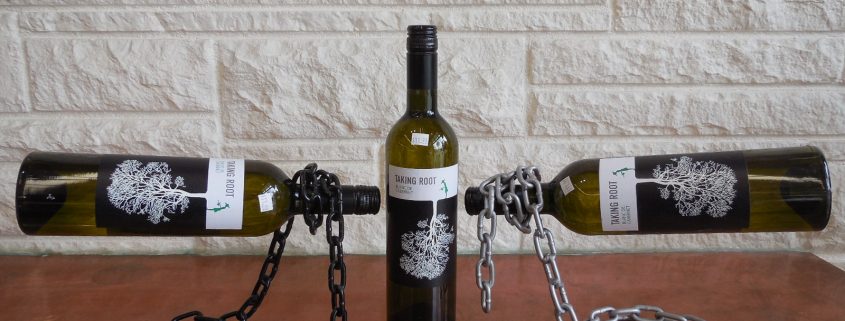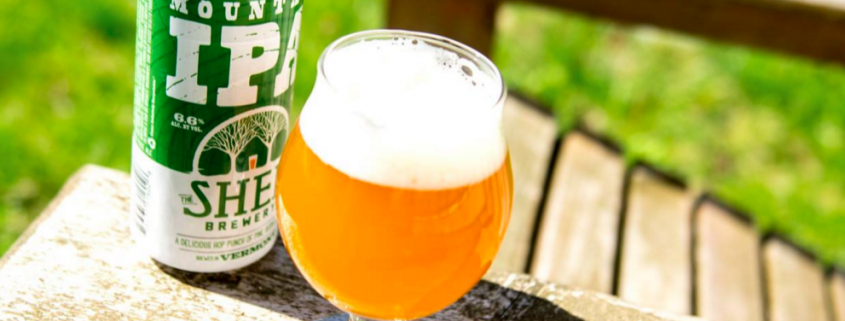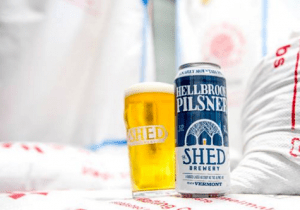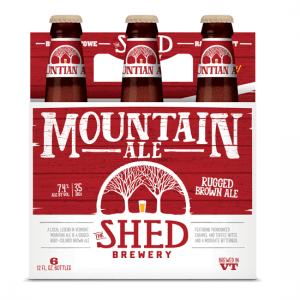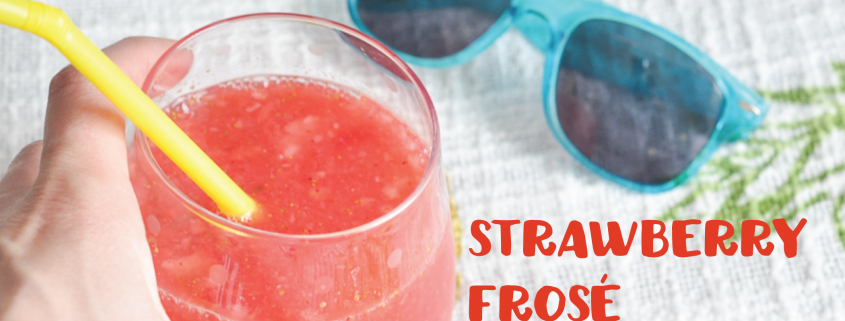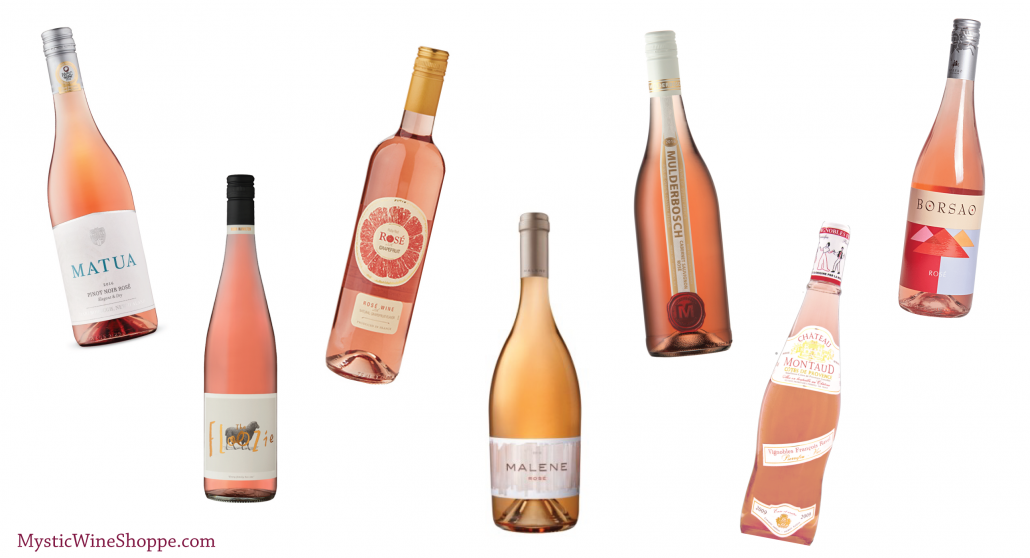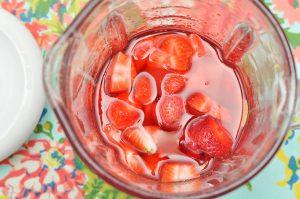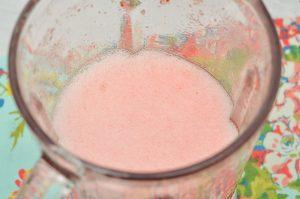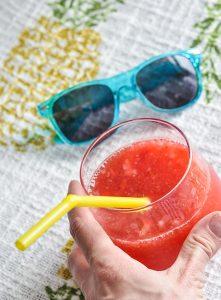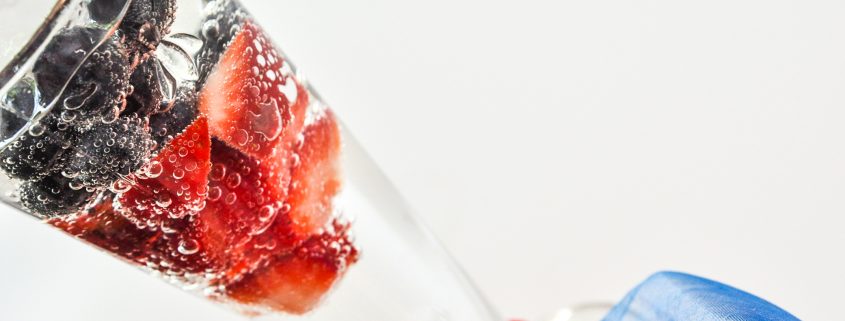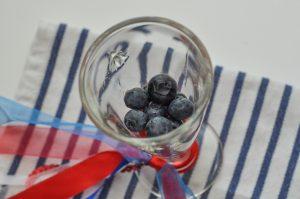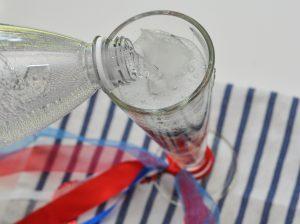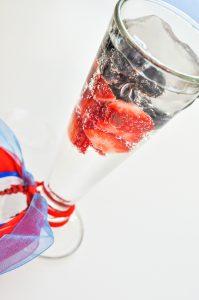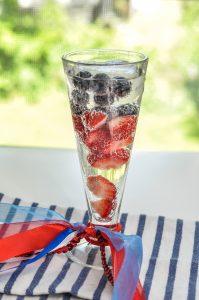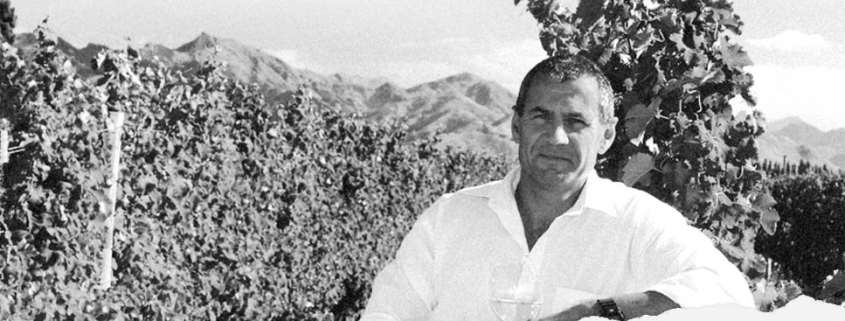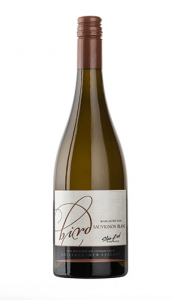Seems like just a few summers ago I showed up at a dinner party with a bottle of pink wine and my hosts were aghast. They remembered the sticky sweet white zinfandels we guzzled in high school and quickly whisked my bottle into the kitchen where it remained stashed behind the paper towels for the duration of the evening. Fools.
Because now, thanks to some good public relations and some really delicious rosés, pink is everyone’s favorite color.
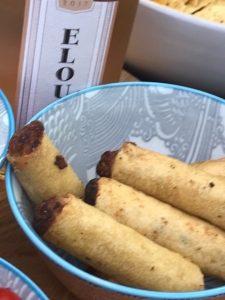 Still, when my neighbor Edith, who is from France, invited me and a few other women over for “aperitifs,” I fretted over what wine to bring. Frankly, the French thing is a little intimidating. I mean they practically invented wine. My first instinct was to buy a rosé from Provence, but then I saw the Elouan rosé with its distinctive vertical label. I am a big fan of wines from Oregon and Elouan’s pinot noir is practically my house wine—so I bought the rosé, iced it down and trotted next door for to join the gals.
Still, when my neighbor Edith, who is from France, invited me and a few other women over for “aperitifs,” I fretted over what wine to bring. Frankly, the French thing is a little intimidating. I mean they practically invented wine. My first instinct was to buy a rosé from Provence, but then I saw the Elouan rosé with its distinctive vertical label. I am a big fan of wines from Oregon and Elouan’s pinot noir is practically my house wine—so I bought the rosé, iced it down and trotted next door for to join the gals.
The ladies were already in the backyard drinking Aperol spritzers and noshing on hummus, strawberries, and cheese.
I passed on the spritzer, grabbed a wine glass and was immediately grateful for the screwcap. I like a user-friendly wine. The Elouan isn’t just easy to open, it’s easy to like. When the spritzers were drained, I poured glasses for each of the ladies. Denise plopped some ice cubes in hers, Joanne garnished hers with raspberries and Edith, added a splash of seltzer. All delicious. We held our glasses up to the light, we asked Edith what kind of dishwashing liquid she used, we toasted and we sipped.
Pale pink and crisp, it’s perfect for summer evenings (okay, late afternoons) and we found that it pairs particularly well with berries, Trader Joe Thai spring rolls and with juicy neighborhood gossip.

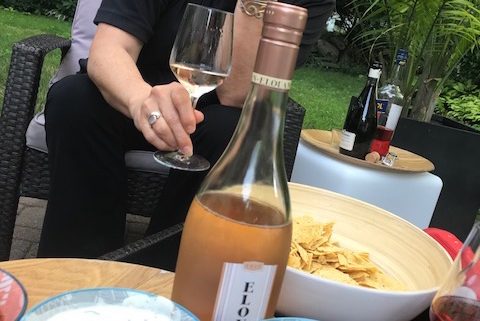
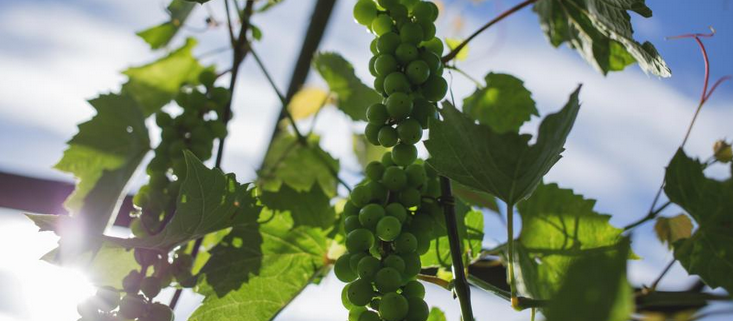
 Portugal has long been overshadowed by its neighbor in wine production. Spain is quite simply a powerhouse when it comes to wine. Everyone has heard to Rioja and Ribera Del Duero, they know the Temperanillo grape and most have heard of Garnacha as well. Spanish Cava, their traditional method sparkling wine, is beginning to be highly prized and is starting to compete on quality with Champagne in a way that Prosecco never will. So, how is Portugal to fight back and carve out its own identity when so many of the wines are so similar? The solution has been to really concentrate in recent decades on quality. Portuguese wines used to be of marginal quality largely because it has a very large domestic market where people drink their local wines by the liter. But over time, it has been recognized that to compete on the global market, the wines have to be really good with consistent and high quality.
Portugal has long been overshadowed by its neighbor in wine production. Spain is quite simply a powerhouse when it comes to wine. Everyone has heard to Rioja and Ribera Del Duero, they know the Temperanillo grape and most have heard of Garnacha as well. Spanish Cava, their traditional method sparkling wine, is beginning to be highly prized and is starting to compete on quality with Champagne in a way that Prosecco never will. So, how is Portugal to fight back and carve out its own identity when so many of the wines are so similar? The solution has been to really concentrate in recent decades on quality. Portuguese wines used to be of marginal quality largely because it has a very large domestic market where people drink their local wines by the liter. But over time, it has been recognized that to compete on the global market, the wines have to be really good with consistent and high quality.